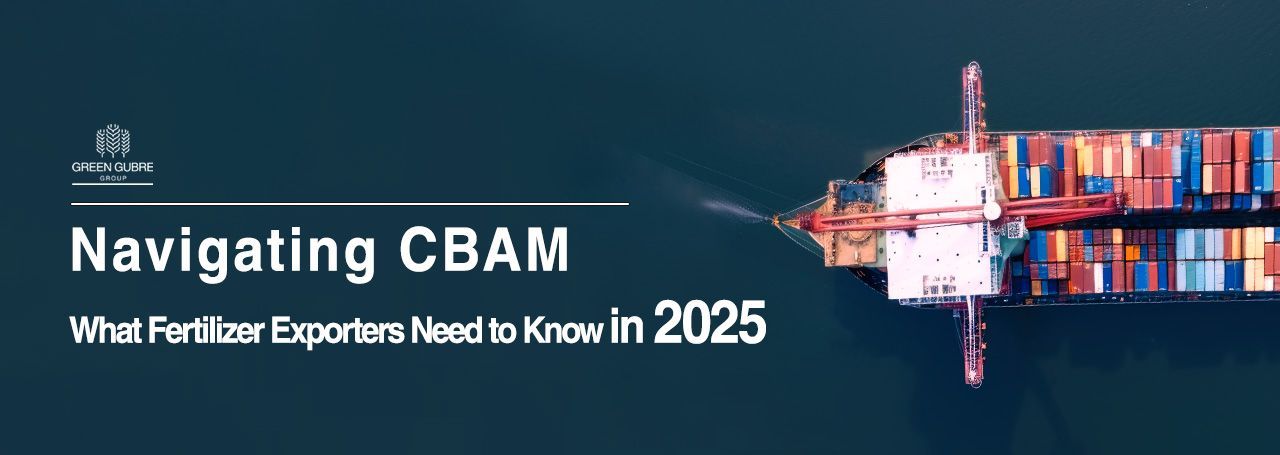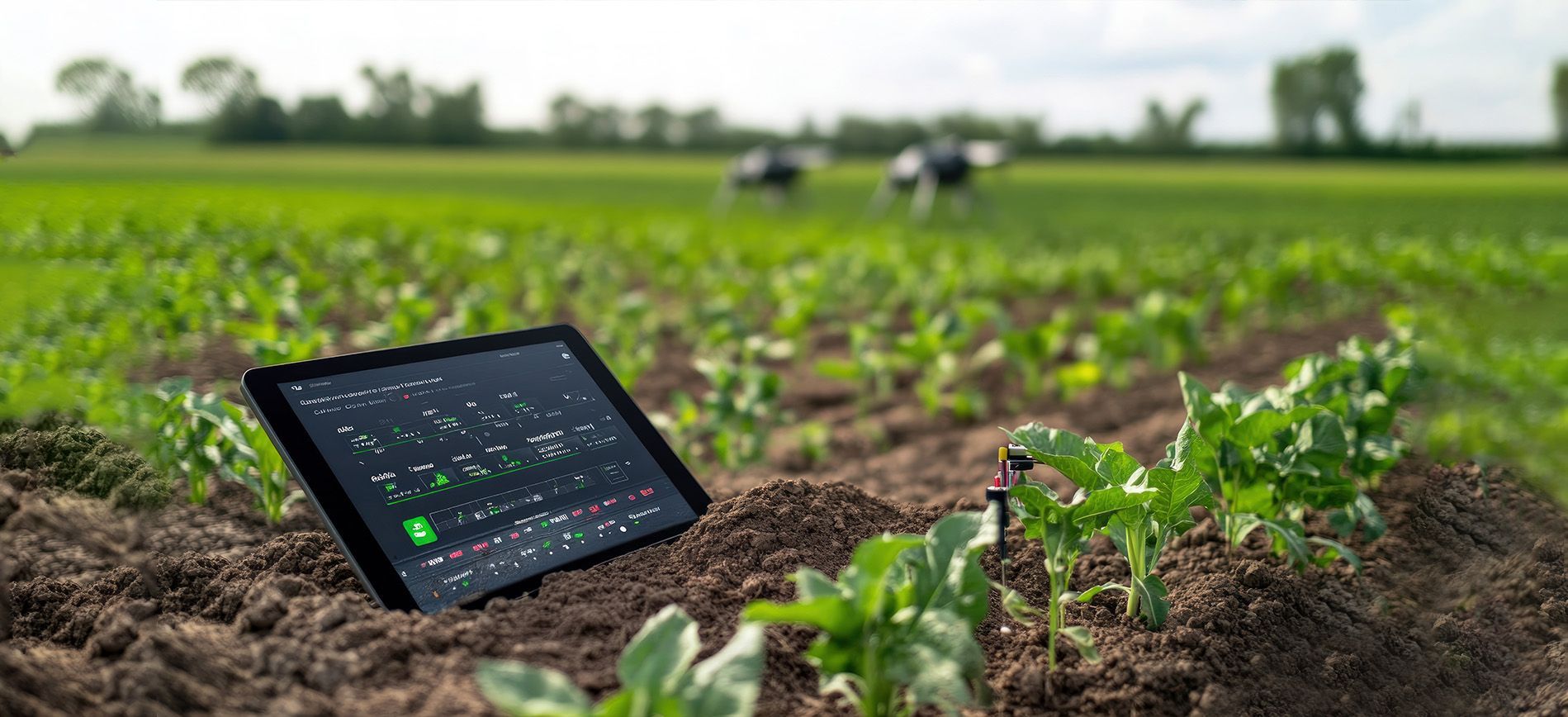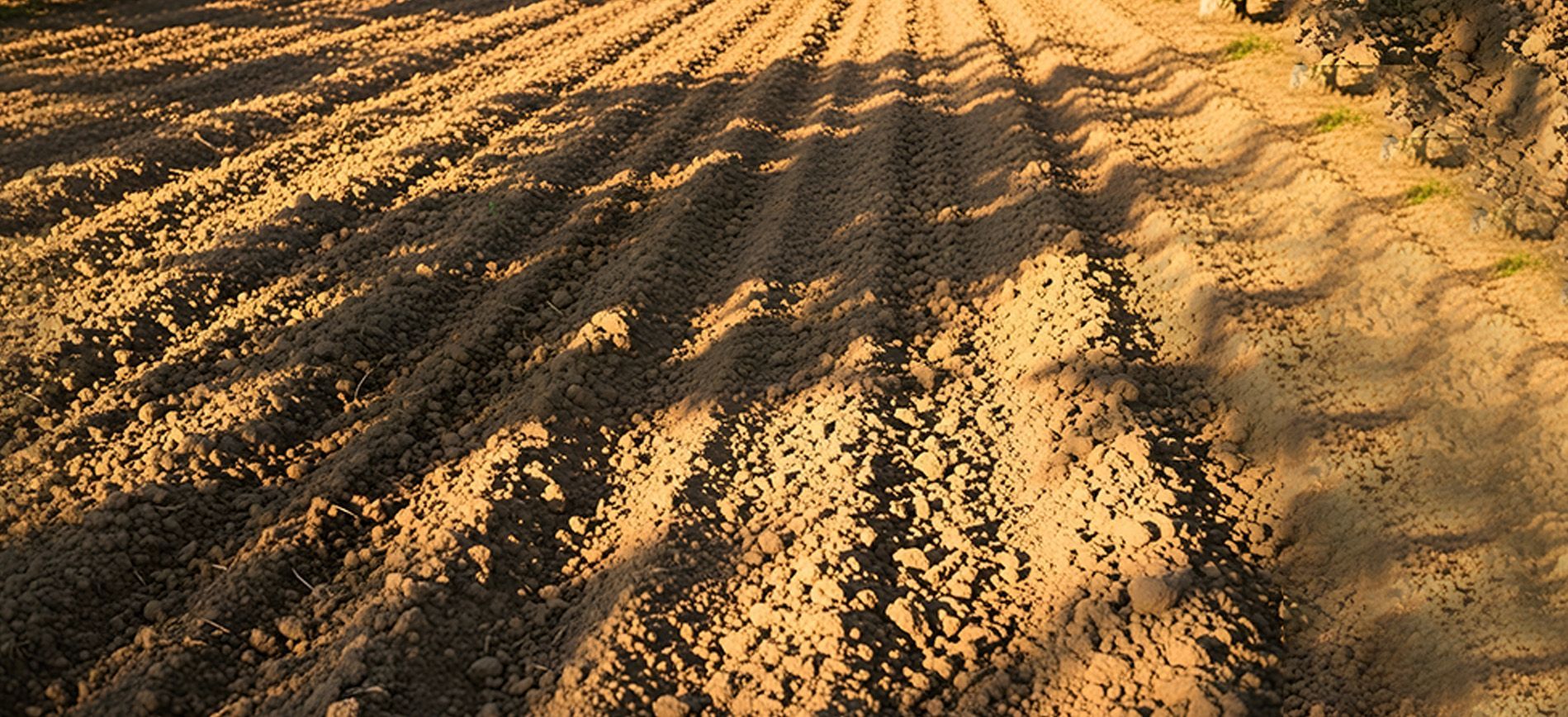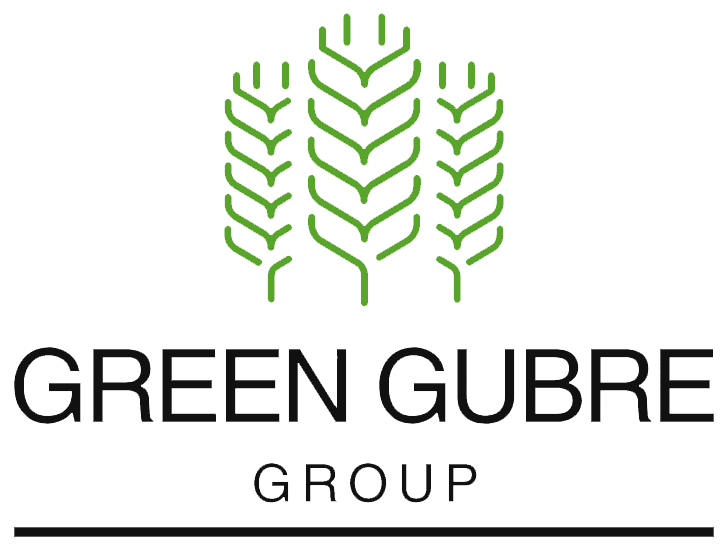Navigating CBAM – What Fertilizer Exporters Need to Know in 2025
Navigating CBAM – What Fertilizer Exporters Need to Know in 2025

The Carbon Cost of Fertilizer Trade
As of 2025, the European Union’s Carbon Border Adjustment Mechanism (CBAM) has entered a critical phase, directly impacting the global fertilizer trade. Fertilizers, especially nitrogen-based products like urea and ammonium nitrate, are now under the microscope for their carbon footprints. For exporters in Turkey, China, North Africa, and beyond, understanding and aligning with CBAM isn’t just regulatory—it’s strategic.
This blog explores how CBAM affects the global fertilizer industry, what data exporters must collect, and how to remain competitive in low-emission, regulation-driven markets.
1. What Is CBAM and Why Does It Matter to Fertilizer Exporters
CBAM is the EU’s climate policy tool that places a carbon price on imports of carbon-intensive products, including fertilizers. The aim is to prevent “carbon leakage” and encourage global adoption of clean technologies.
Key Fertilizer Categories Under CBAM:
Urea (granular and prilled)
Ammonium nitrate and sulfate
NPK blends (if nitrogen-based)
Green ammonia (qualifies for lower adjustment)
2. Emissions Monitoring: A New Norm for Exporters
From 2025 onward, fertilizer producers exporting to the EU must report:
Direct emissions (Scope 1): From production processes.
Indirect emissions (Scope 2): From purchased electricity.
Embedded emissions are in raw materials like natural gas.
Failure to report accurate emissions data can result in:
Denial of access to EU markets.
Hefty penalties or carbon cost adjustments.
Example: A urea cargo from North Africa with unverified emissions may face an additional €100–150/t surcharge depending on its carbon intensity.
3. Winners and Losers in the CBAM Era
Exporters with certified low-emission practices (e.g., using green ammonia feedstock, renewable energy) gain a competitive edge.
Winners:
Producers in Morocco are using solar-powered ammonia.
Indian firms with nano-urea and smart logistics infrastructure.
Chinese plants with CCS (carbon capture and storage) or green energy integration.
Losers:
Legacy producers are still reliant on fossil fuels.
Plants lack emissions verification systems.
Exporters are unable to meet EU verification protocols.
4. How to Prepare: Strategic Compliance Steps
To remain CBAM-compliant and EU-competitive, exporters should:
Invest in emissions measurement tools (e.g., IoT sensors, LCA software).
Partner with CBAM verification bodies for carbon reporting.
Transition to green ammonia or low-emission urea production.
Integrate blockchain for traceable logistics and carbon tracking.
Collaborate with importers for dual reporting and CO2 offsetting.
5. Beyond Europe: CBAM-Like Policies in the Pipeline
Europe is not alone. Similar carbon-border mechanisms are being considered in:
Canada
Japan
South Korea
Some U.S. states (e.g., California)
Conclusion:
Fertilizer exporters in 2025 face a transformed global trade environment. Compliance with CBAM isn’t just a barrier—it’s a bridge to new markets, green financing, and future-proof competitiveness. Those who invest in carbon reporting and green innovation today will lead the fertilizer industry tomorrow.




